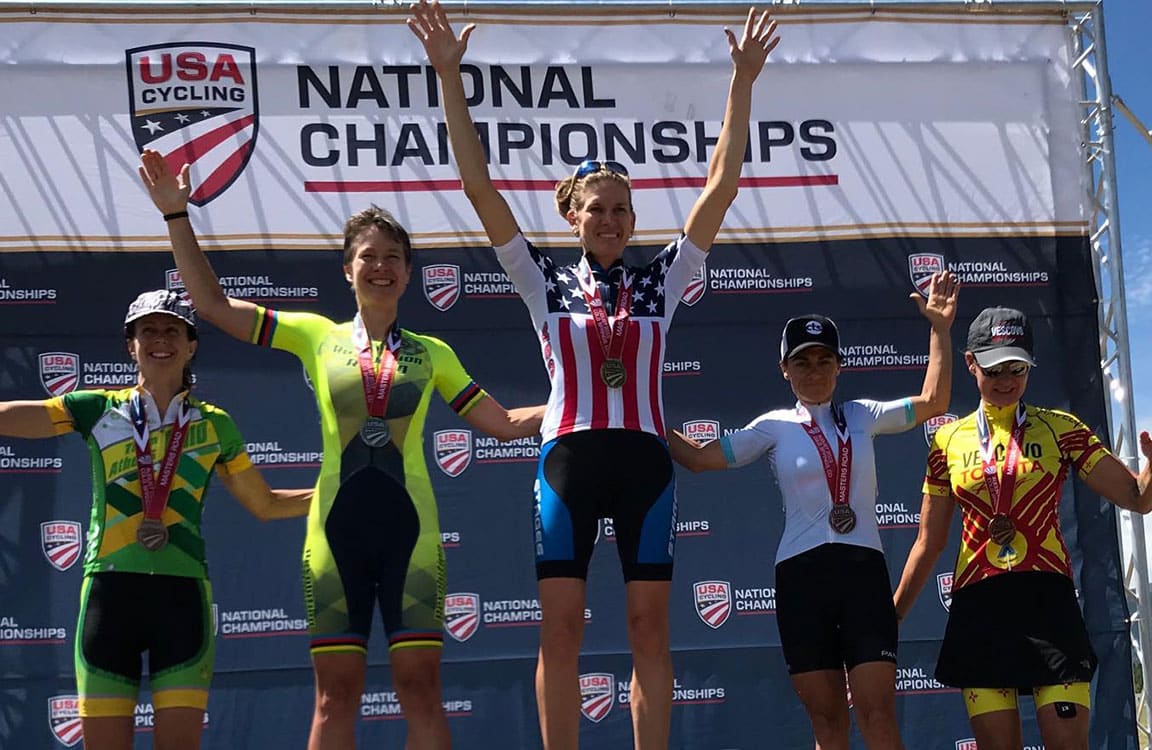
Training and Nutrition Steps That Fueled 47-Year-Old Cyclist’s Comeback to Top Form
By Renee Eastman,
CTS Coach, M.S., C.S.C.S.
Renee has been a coach with Carmichael Training Systems since 2001. She has her undergraduate degree in Kinesiology and masters’ degree in Exercise Science. Her sport is cycling and is a 6-time Masters National Champion. She raced competitively in her 20s and 30s, and now is back for more at age “40-something. She earned a bronze medal in the 2019 USA Cycling Masters Road Race National Championship.”
In my last article I wrote about how the reason behind my recent athletic success and turn to racing was only as result of focusing on my mental health. Once I was able to better manage my depression and self-defeating habits, I started my return to fitness just with the goal of feeling better physically. For me that meant dropping some excess weight, focusing on better nutrition, and taking better care of my body. Focusing on those few things have made the biggest difference for me as an athlete than any specific training I’ve done on the bike.
Power and Fitness
My power is as good as it’s ever been. I don’t find that surprising. I’m only 47, and as endurance athletes go that isn’t all that far past prime age. I have the luxury of a flexible work schedule, and that means I’m not on a time-crunched training schedule like so many other working professionals. So, I’d say my fitness is as good as it’s ever been.
I can see that most clearly in my power output. Across the board my power is as good or nearly as good as it’s ever been.
Feel Stronger in 6 Weeks — No Matter Your Age
Climbs feel steeper? Recovery slower?
You’re not done getting faster — you just need a smarter plan.
The 6-Week Masters Power Build Coaching Program is designed for cyclists 50+ who want to boost power, recover faster, and ride stronger — all with expert 1:1 coaching.
- Personalized 6-Week Training Plan
- 1:1 Coaching + TrainingPeaks Premium
- Mobility & Strength Bonus Guides
💪 Guarantee: Stronger or free.
Start your 6-week journey for $149This graph is power in 2019 in purple versus power in 2006-2010 in grey.
The only significant gap is in peak sprint power. Peak 5-10 second power is about 10% lower, but I’d attribute that more towards the type of training I focus on than a physical drop in power. In my previous racing I did a lot of track and criteriums, neither which I am focused on now.
All other power durations from 30 seconds out to 2 hours are virtually the same. There’s a small gap in 6 to 10-minute power, but those previous best power numbers were from sea level performances and I live and train at 6,000 feet elevation in Colorado Springs, where you will tend to see an 8-10% lower power than sea level.
While the absolute power is nearly the same with just a few gaps here and there, where the performance differences show up is in my power profile.
Power Profile Chart from 2006 to 2010 shows a classic all all-around profile and FTP power consistently around 3.7 watts per kilogram.
Current Power Profile Chart from 2019 shows still that classic all-around profile and FTP power consistently around 4.2 watts per kilogram.
Nutrition and weight loss
If the absolute power is virtually the same the differences in the power profile come from weight. I’m lighter than I ever have been before. It’s a simple fact of power to weight to explain why I’m riding stronger than ever, especially going uphill. The fact is that I had weight to lose. I was more built like a track rider (which I was) than a climber (which I am now.) Think Bradley Wiggins pre-Tour win and track Olympics versus during his Tour winning days.
I’ll be honest that one of my first goals with be healthier and feel better was weight loss. When I started was about 15lbs over my previous normal weight, and at just 5-foot tall, that makes a pretty big difference. I didn’t feel comfortable in my own skin and really focused on changing that as my first step. Focusing on what I eat, why I eat it, and working to fix a dysfunctional relationship with food has made the biggest impact on my performance as an athlete.
Tracking my weight from 2011-2019 shows the up and down cycles of my weight after I stopped racing. Since 2018 to today I’ve been consistently around the same weight, and that’s 5kg lighter than I ever was racing at before.
I’d like to say I have figured out the perfect diet and can tell you exactly how many grams of carbohydrate, fat and protein to eat every day to maximize performance and achieve that ideal race weight, but I can’t because I don’t believe there is just one that works for everyone. I’m not here to tell anyone to eat high carb, low carb, keto, paleo, vegan, or the carnivore diet. Instead, I’ll focus on some better habits I’m able to implement for myself and share with my athletes for better success in weight management and performance.
Better Relationship with Food
Diet, weight loss, weight management is the most common topic I address with my athletes, and it was something that always confounded me as an athlete too. For 20 years I was on a perpetual diet and trying to get down to that perfect race weight but never achieved that. It’s not that I didn’t know what to eat or when to eat it, it’s more than anxiety, stress, and negative self-image prevented me from following through all the time. It’s those things that often led to overeating. Just because I didn’t have a clinical eating disorder didn’t mean I didn’t display behavior with food that was completely dysfunctional. Now with better life skills and better brain chemistry I’m not drawn to such self-defeating behavior or have the need to use food as an emotional crutch.
Focus on pre-load instead of re-load
I need to thank Dr. Stacy Simms for the mantra, but I think this is the best piece of nutrition advice I’ve been able to implement effectively to lead to better workouts, better recovery, and the ability to regulate hunger and weight management.
There’s a common behavior pattern I see with athletes who perpetually go into workouts underfed, maybe don’t eat enough during training, and then end up in a terrible cycle of overcompensating on calories after training. I know that was one of my biggest pitfalls as an athlete. I would always be thinking about calorie restriction and would end up being a little low on energy going into hard training days. I often would not eat enough during training because I was saving those calories to eat after my rides. Then I’d come back from training totally cracked and a bottomless pit of hunger. I would have to try to white knuckle though being so hungry after training but often would not be successful doing that. That led to a bad cycle of poor training because I was under-fueled and then eat too many calories after training to result in any weight loss. That’s a lose-lose way to go about things because training will suffer and you don’t lose any weight.
Now I do so much better with fueling before my workouts. I plan my meals around the type of training I’m doing. If it’s high intensity or low intensity. It’s big volume or low volume it’s matching the nutrition to the training. By doing that I can go into each workout more appropriately fueled for the day. I do a better job of fueling during my training, and as a result I can eat normally after training, or if I do need to create a caloric deficit, I can do it post-workout not pre-workout.
Meal Planning and Preparation
A big part of the pre-load and re-load success for me has been a better strategy to implement meal planning. As they say, if you don’t have a plan, you have a plan to fail. Every day I plan out what I’m going to eat for every meal. I also think about the timing of those meals versus when I’m going to train or when I get up or when I’ll get done with work. If I know I’m going to train early in the morning, it’s a big breakfast and high carbohydrate so I’m topped up with fuel for training. If I’m not able to train until the afternoon or evening then a high carb, high calorie meal for breakfast serves me no purpose. That day might be a lighter breakfast with more protein and fat for satiety and I’ll save the carbohydrate load for the meal right before I train.
I take meal planning a step further to do my meal preparation for the week on one day of the weekend. That way I can think about what my training looks like. Is it a big week of training and I’ll need more calories and more carbohydrates, or is it a recovery week where I need to think more about protein or satiety in my meals? I plan it all ahead, I pick my recipes, go to the grocery store once, and spend a couple of hours on one day making meals.
Here’s the thing. I don’t like to cook. I never really used to cook. What I used to do could be at best be called “make food edible.” A meal would be a grilled plain chicken, salad, and plain baked sweet potato. That is not a very exciting meal, and not very delicious, so I’d often stop on the way home and get take- out or just end up eating chips and salsa. Now since I take the time to prepare meals, I pick more interesting recipes that are not just sound nutritional choices, but also taste a lot better and that I want to eat. I also find meal preparation to be more time effective as well. I don’t spend any time Monday through Friday cooking, and when I get done with work and I’m hungry then I can right then instead of snacking my way through cooking dinner.
► Free Cycling Training Assessment Quiz
Take our free 2-minute quiz to discover how effective your training is and get recommendations for how you can improve.
My favorite go to recipe is a chicken curry dish made with sweet potatoes. High protein, high carb, tasty and great training food.
Alcohol
Another key nutritional change that has made a big difference is that I don’t drink. I used to joke that I’d be a climber if it weren’t for beer. It turns out I was right. Alcohol adds excess calories that aren’t useful for energy and can lead to weight gain. I don’t think that fact is a surprise to anyone, but it also terrible for recovery. Alcohol impairs nutrient absorption, muscle growth and recovery, and disrupts sleep patterns. I have a whole other set of reasons why drinking alcohol does not work for me and my brain chemistry, but I can only say that without it I feel better, I recover better, and weight management is a lot easier. That’s what helped me go from 90% of the way there to 100%.
I really find that is the case with so many of my athletes. They do great with already knowing what to eat or what not to eat. I mean, we all know pizza, beer, and ice cream is not the best nutrition for weight management and performance. 90% of the time most of us are on track, it’s that extra 10%. It’s those couple of nights out for dinner, those few snacks here and there, or those couple extra glasses of wine each week. It all adds up.
Training Focus is on Overall Health
When I started working out again my main goal was just to feel better. I wasn’t intending to train to race again. I needed to focus on taking care of my body because 20+ years of bike racing and crashing left me with a lot of old injuries to deal with. My primary goal was to maintain good overall functional strength, correct imbalances, and manage back pain.
I spend about 25-30% of my training time each week on strength and flexibility. Doing so allows me to be able to ride without pain and do the simple things in life like carry in the groceries and bend down to tie my shoes.
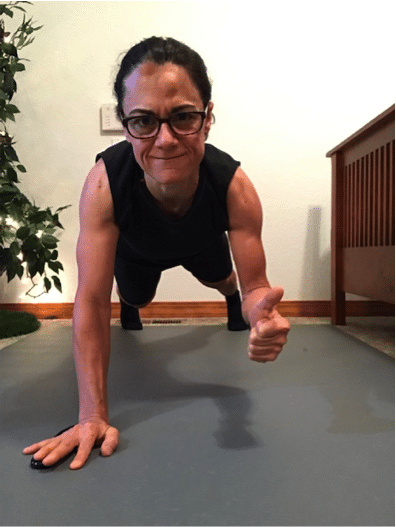
The added benefits to all this are improved body composition, better bone density, and two tickets to the gun show.
Strength
Here’s a news flash: cycling is not a very athletic sport. Cycling makes you good at cycling and that’s not very functional for life activity. At 40-something I care more about how I feel overall than how I perform on a bike. I love riding my bike, but I’m not able to do it without taking care of my body first. For me, that means taking care of my left side weakness from crashing over and over on my left side (broken elbow, collarbone, kneecap, and hand).
The most important part of my strength training involves back care. The worst old injury I have is from being hit by a truck and breaking my back. I have an L1-3 fusion and hardware in my spine. It never held me back from riding my bike, and when I keep up with strength and yoga, I certainly don’t have any more back issues than most 40+ athletes. They key is consistency. I don’t wait until I have a discomfort to start working on these things, and I’m diligent to keep this work minimally a couple times a week even when I’m feeling great. That’s usually the way it goes, once you start feeling better from an injury it’s easy to neglect the things that helped you keep in good function.
A lot of times when people think about back exercises, they think spinal erectors with back extensions and the like. For me, it all comes down to my glutes tending to be weak and tight. I put a significant amount of work in to exercises that get the glutes and hamstrings firing. Most of the exercises are small movements so I can focus on recruiting the targeted muscles and get them firing to enhance recruitment.
Some of my favorite basic exercises include glute bridges, hip extensions, and donkey kicks. Of course, stretching around the piriformis help with preventing tightness in that area too.
Yoga
Yoga is another important part of keeping my body and mind working well. I do yoga at least 3 days a week year-round, and I encourage my athletes to do it as well. For me, working on flexibility and range of motion around the hips and glutes is an important part being able to stay pain free. Yoga is also an essential part of my stress management. It’s one of the few activities I do where I can get out of my head and really clear my mind. I don’t meditate, but this is the closest thing I can get to it.
While I do it frequently, I don’t have to spend hours every week doing it. I’ve got a collection of video downloads to choose from and most of them are 30 minutes or less. It’s about consistency and frequency rather than volume of time. My favorite guru is Rodney Yee. For the record, I have no affiliation or endorsement deals with Rodney Yee or Gaia Yoga. I just have found them a good resource for home workouts.
Conclusion – I love my bike
The secrets to my improved performance have really come from these few things around nutrition and taking better care of my body. A better relationship with food, and better follow through with planning and preparation for my training has enabled me to get to a weight where I feel more comfortable. I don’t eat to soothe my emotions and I don’t get a lot of excess calories from alcohol anymore. Also, because my body feels better all-over so I’m able to be pain free both on and off the bike. Riding pain free makes cycling more enjoyable and that helps me to want to do it more. Then more I ride, the fitter I get. It’s a positive feedback loop.
I also really do love my bike and that’s something new to me. In the past cycling was very outcome driven. I trained so I could race, or I rode my bike so I could burn off excess calories. I don’t think I ever just rode for the pleasure of it because there was always a performance goal I was shooting for. Now I ride because I really do find joy in it. I train because being really fit is fun and it feels good and I’ll keep doing it even if I don’t continue racing.
► FREE Mini-Course: Learn How to Maximize Your Limited Training Time
Learn step-by-step how to overcome limited training time and get faster. Walk away with a personalized plan to increase your performance.
"*" indicates required fields

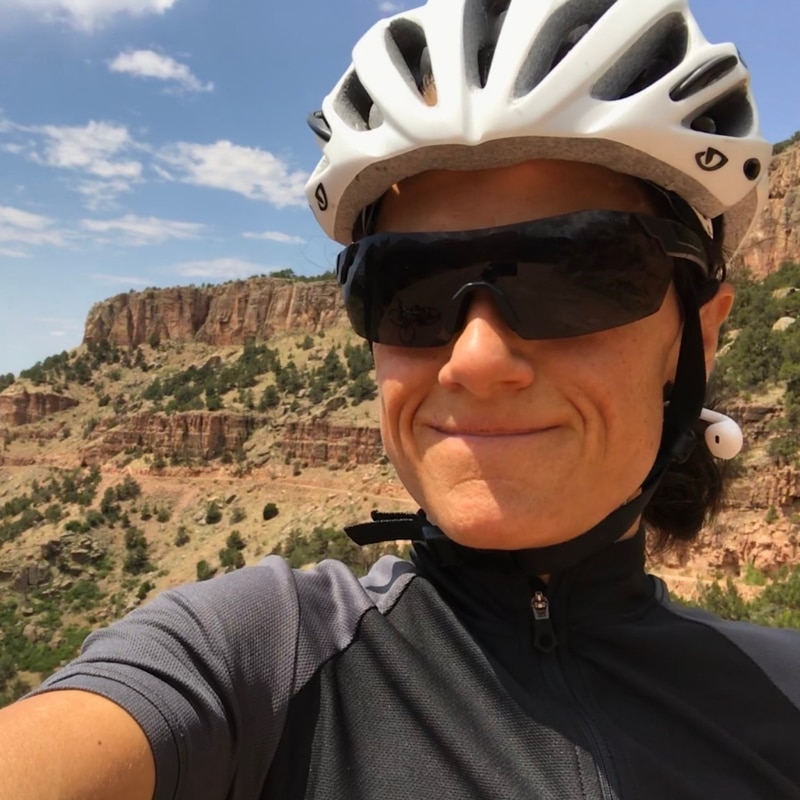
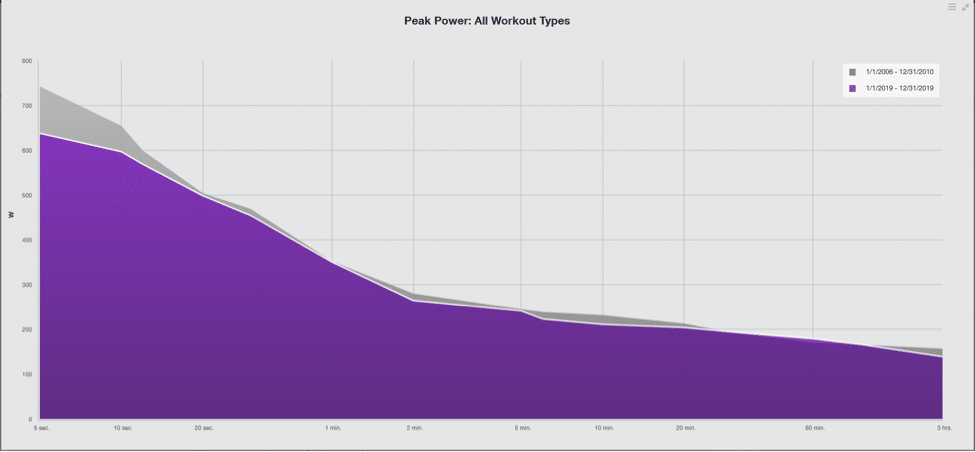
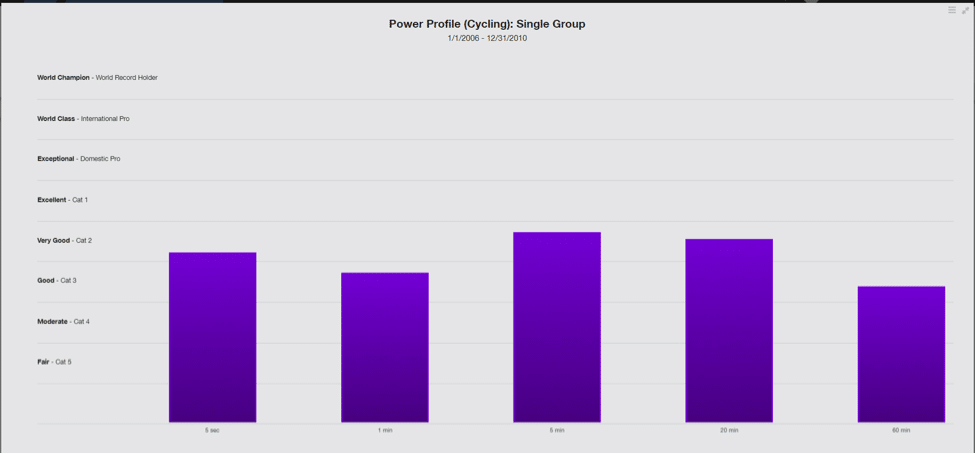
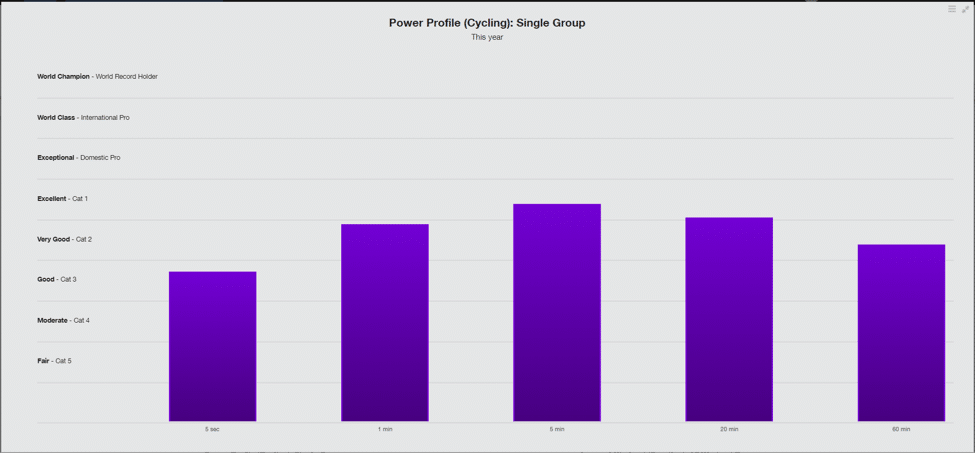
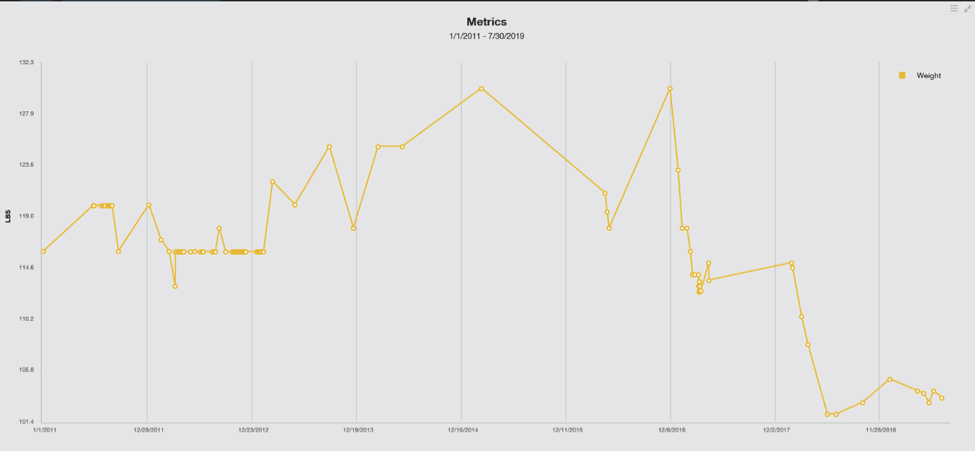
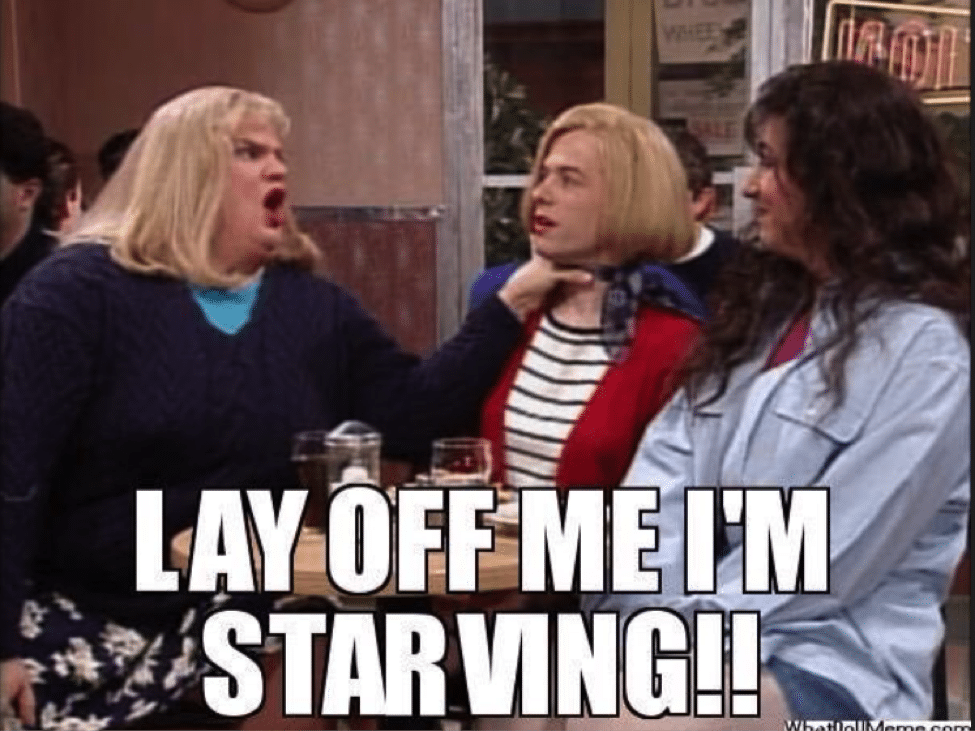
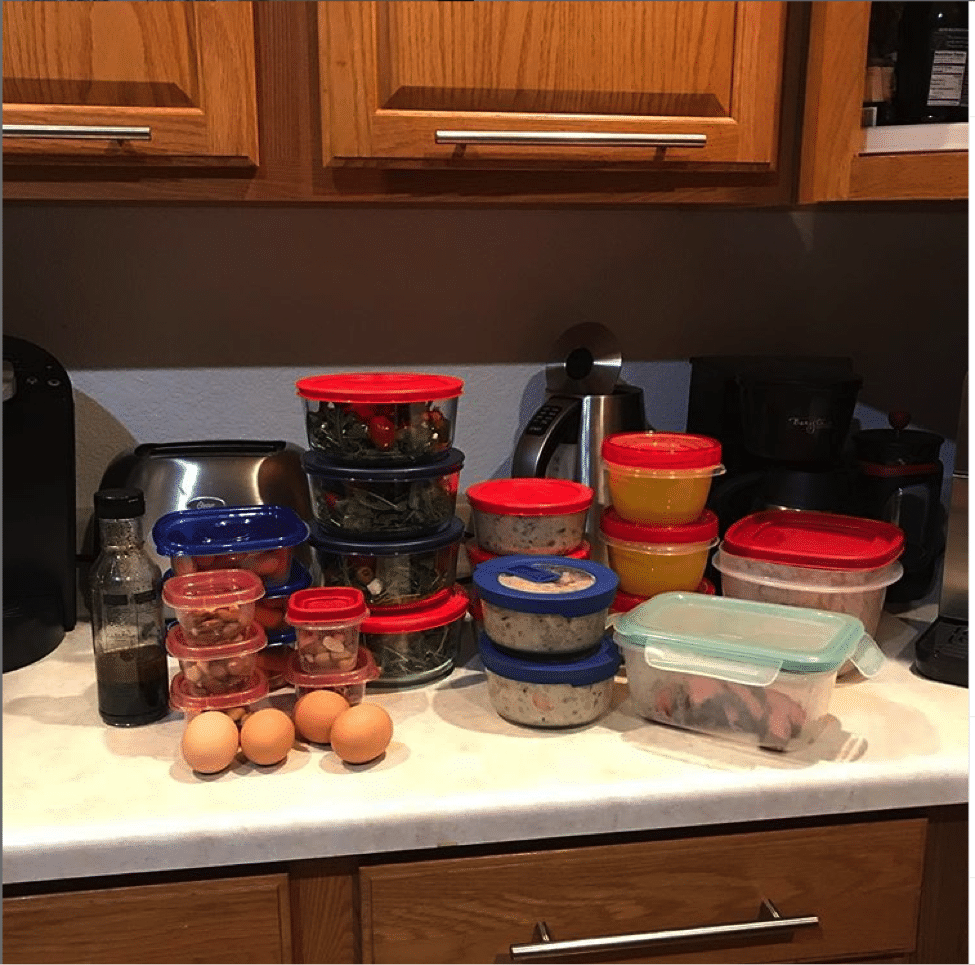
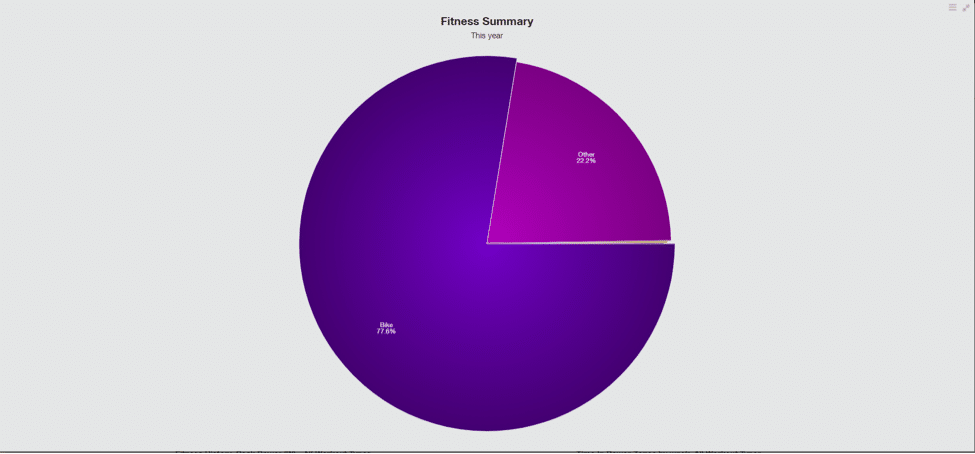
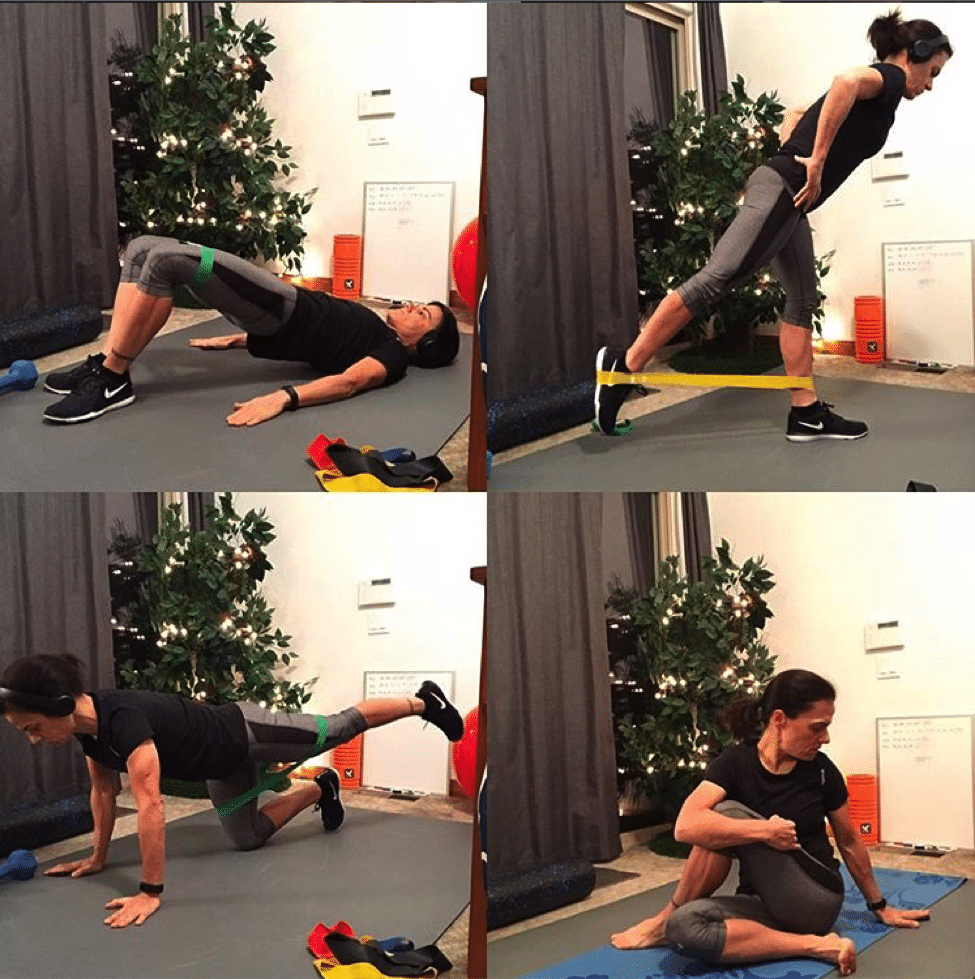
Comments 15
nootraplus.com has some attractive facilities for the customers, which are incredibly helpful for them. The website has an express shipping service that delivers the products in the fastest possible time to the customers.
SILDITOP 100 MG gained massive respect in the medicinal industry as it facilitates the required blood flow in the penis with the help of Sildenafil Citrate— the chief component of Viagra
Great article, Renee. You: kind, consistent, sensitive, disciplined, self aware, knowledgeable. Translation: Athletes who train with you too can learn to be kind to themselves, consistent, sensitive, disciplined, self aware, knowledgeable. Best. Coach. Ever.
Thank you for sharing this. I’m 47 as well, have dealt with depression for many years, and also use exercise as a treatment. Coming back this summer from a low year and riding lots.
Good reminder to work strength training & flexibility back into my week!
So glad you enjoy my curry!!! Isn’t is the best? 🙂
Awesome article Renee! Thanks for sharing. So happy to see you healthy and strong. You continue to inspire. And damn you guns are scary.
Awesome story, Renee. Congratulations on rekindling your love of cycling. This article is a good reminder that we are all people first and athletes second.
You are one amazing Lady!
I agree with Jen above. These two articles are the most helpful and inspirational ones that I have ever read on the CTS blog. Very specific steps to success in your comeback. Thank you so much for sharing.
Renee – in all the years (5+) I’ve been reading this newsletter, these two articles of yours have been the most impactful and inspiring to me – ever. I too have recently said ‘buh-bye’ to booze and have recommitted to yoga. And seeing what a transformation you’ve achieved by being kind to yourself is such an inspiration. Thanks for sharing your ups and downs!
Way to go Jen! 💪
You got me thinking about my pre workout nutrition. How do you know if you are fueled up enough prior to a workout. I often need to pop a gel during a workout because I start to feel less energy.
The way to know if it was enough is by energy levels during the ride. Of course, even with a good breakfast you still want to start eating in the first hour in a ride that’s 2+hours. Good breakfast only gets you started.
Great follow-up to your first article. Awesome nutrition tips (that I need to follow… goodbye beer!). Thanks for your insight.
Hi Renee,
Thank you for a wonderful letter. You are an inspiration. I remember you from my
visit to Mt Lemon. Thanks for your update…Joe